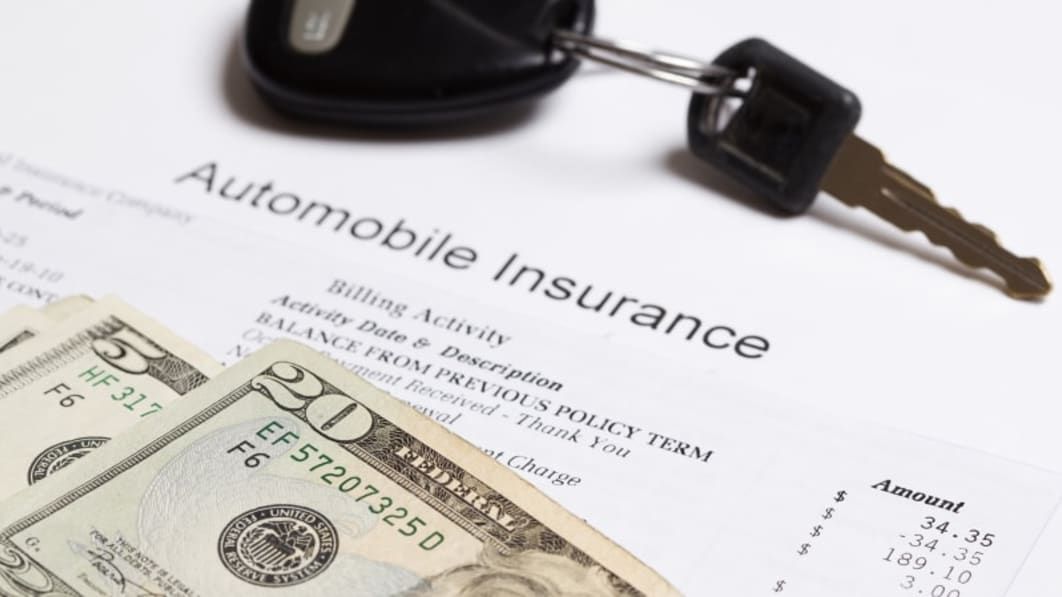It's an inescapable fact of life in the U.S. - unless you live in New Hampshire - you have to carry auto insurance if you own and drive a car. New Hampshire is the only state where liability insurance isn't required by law.
If you live anywhere else, your premiums may be painfully high or manageably low, depending on your geographic area. According to the Insurance Information Institute, there's about a $700 difference per year between average car insurance in the most expensive state - New Jersey - and Idaho, the least expensive state.
The national average
The National Association of Insurance Commissioners periodically makes a nationwide assessment of what people are paying for auto insurance. The NAIC prepared and published its most recent report at the end of 2015 for data collected in 2012 and 2013. Based on the premise that almost everyone must carry liability insurance and that comprehensive and collision coverage is somewhat optional - at least if you're not financing your vehicle - the NAIC determined that the average expenditure countrywide was $841 a year in 2013. This was up about 3.3 percent from the $814 average in 2012.
The effect of your geographic area
Depending on where you live, you may pay significantly more or much less than the national average. The Insurance Information Institute indicates that your geographical area has a decided impact on your auto insurance rates. Urban drivers pay more than those who enjoy the wide open spaces of western highways, not only because there's theoretically less risk of accidents, but because theft and vandalism rates tend to be lower in rural areas. Cost of living is a factor, too. Medical care and auto repair cost more in some areas than in others, and residents in some states are just more likely to run to court to determine damages, something insurers generally prefer to avoid.
So where does this leave your checkbook? You'll pay the most for auto insurance if you live in New Jersey, the District of Columbia, New York, Louisiana or Florida. You'll pay the least in Idaho, Iowa, South Dakota, Maine and North Dakota.
Keep these vehicles in mind:
Cheapest cars to insureMost expensive cars to insure
Tips to lower your premiums
You probably shouldn't put your house up for sale and move from New Jersey to Idaho just because of car insurance, but you can do a few other things to reduce the burden of high insurance premiums. It typically costs more to stretch out your annual premiums over monthly installments, so pay your insurance in a lump sum if possible. Sign up for a safe driver program if your insurer offers one - this can save you as much as 15 percent. Bundling your policies by placing homeowners and auto insurance with the same company will usually save money as well.
Finally, take a hard look at what you're driving. Some vehicles just cost more to insure than others. You may not be willing to give up your spiffy sports model to shave some dollars off your insurance costs, but consider having some safety features added if it doesn't already have them. This may qualify you for a discount because it can cut down on personal injury risk to you and your passengers.
When you're buying a car, think the way your insurer will. If you're willing to drive a four-door sedan instead of a two-door sports car, you may save a few bucks - although this isn't always the case, so check with your insurer about the model you're considering. If you've dreamed of driving a Humvee, your insurance company will probably assume that in an accident, you'd take out every car in your path, and rates are based in part on the potential damage your vehicle can cause to others. So, your Humvee will cost more to insure than a midsize sedan.
If you do decide to move somewhere cheaper, check out the 2012-2013 NAIC report. It can tell you everything you need to know about the insurance rates and trends countrywide.

